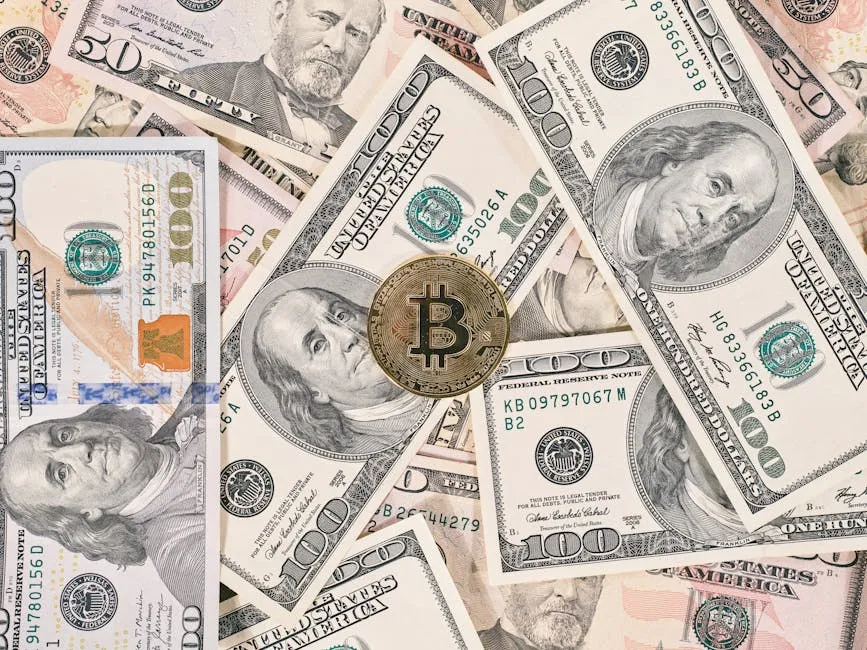
BCP Leads the Way as First Peruvian Bank to Offer Regulated Crypto Access
In a groundbreaking move for the banking sector in Peru, BCP (Banco de Crédito del Perú), the country’s largest bank, has officially launched a pilot program that allows select clients to engage with cryptocurrencies. This initiative, authorized by the national regulator, empowers users to buy and hold popular digital assets like Bitcoin and USDC (USD Coin).
A New Era for Banking in Peru
With the increasing interest in cryptocurrencies worldwide, traditional financial institutions are beginning to adapt to this digital transformation. BCP’s new crypto platform marks a significant milestone, positioning the bank as a pioneer in offering regulated access to cryptocurrencies in Peru. This initiative not only reflects the bank’s commitment to innovation but also highlights a shift in the perception of digital currencies within the financial landscape.
What Does This Mean for Clients?
For the select clients who have been chosen to participate in the pilot program, this is an opportunity to explore the world of cryptocurrencies in a secure and regulated environment. Clients can buy, hold, and manage their Bitcoin and USDC through BCP’s platform, providing them with a safe entry point into the crypto market. This move is expected to enhance financial inclusion and attract a younger demographic that is increasingly interested in digital assets.
The Regulatory Framework
The launch of this crypto platform was made possible by the regulatory framework established by Peru’s financial authorities. By ensuring that BCP operates within legal guidelines, clients can feel secure knowing that their transactions and investments are protected. This regulatory approval also sets a precedent for other financial institutions in Peru to consider similar offerings, potentially leading to a more robust crypto ecosystem in the country.
The Future of Finance in Peru
As BCP takes this pioneering step, it opens the door for further discussions about the role of cryptocurrencies in the Peruvian economy. With more banks likely to follow suit, the financial landscape could undergo significant changes. The introduction of regulated crypto access may encourage more businesses and individuals to engage in digital currency transactions, fostering economic growth and innovation.
Conclusion
BCP’s decision to launch a regulated crypto platform is a landmark event for both the bank and the Peruvian financial sector. It signifies a willingness to embrace technological advancements and adapt to changing consumer preferences. As this pilot program unfolds, all eyes will be on BCP to see how it influences the future of banking and cryptocurrency in Peru.



